Spatial
GVG Te Whakatōhenehene
-
Pou Auaha / Creative Directors
Bela Grimsdale, Sam Gould, Luke Veldhuizen
-
Ringatoi Matua / Design Directors
Sam Gould, Bela Grimsdale, Luke Veldhuizen
-
Ngā Kaimahi / Team Members
Anna Boss, James Daulton -
Kaitautoko / Contributor
LandLAB -
Client
Brick Bay Sculpture Trust
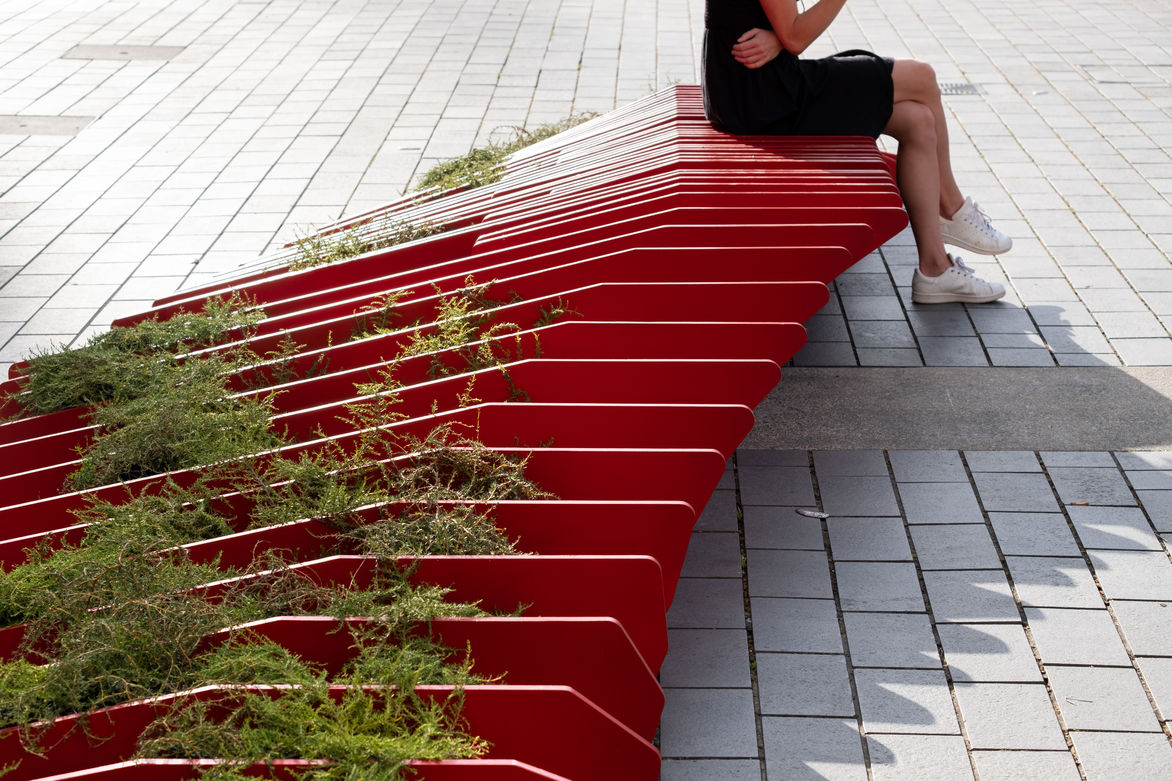
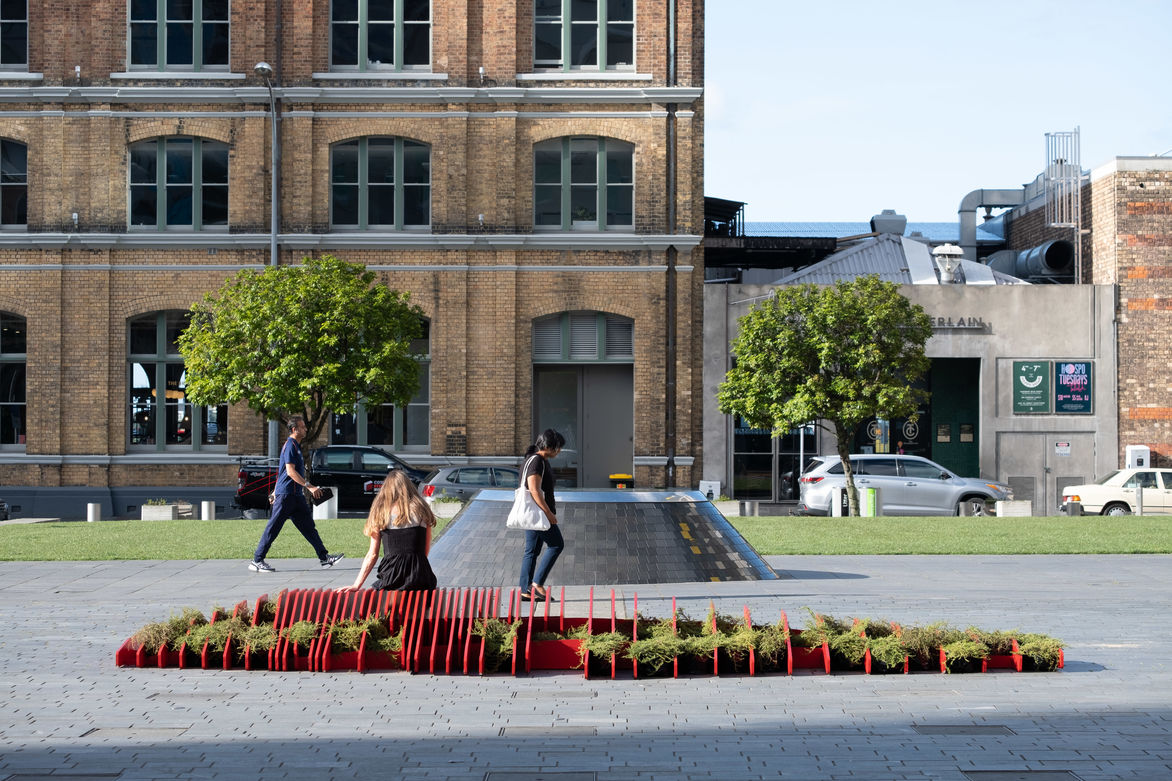
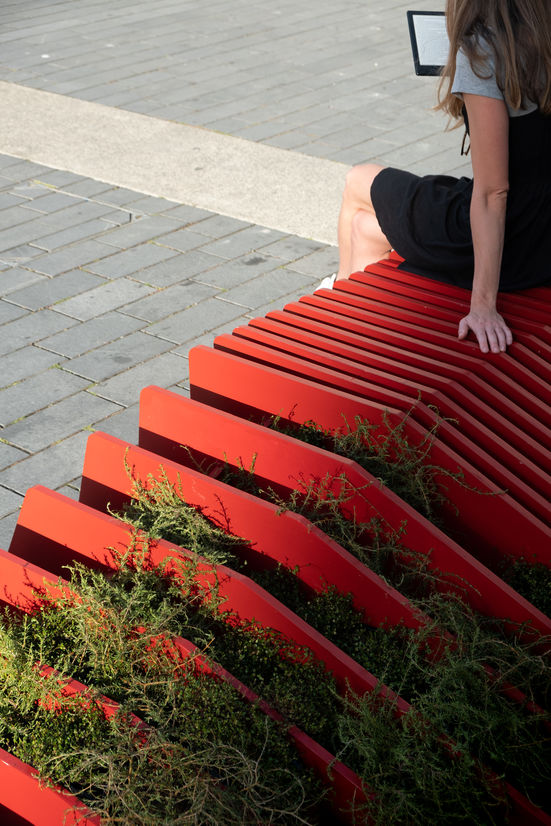
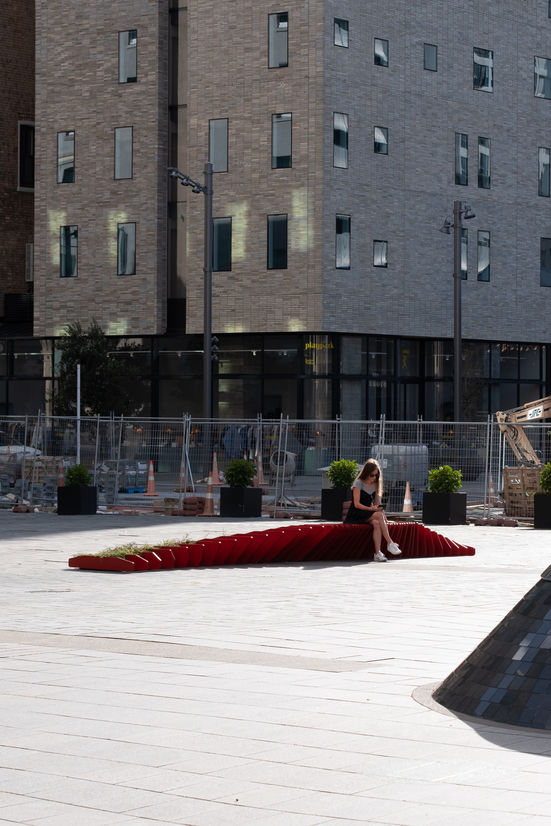
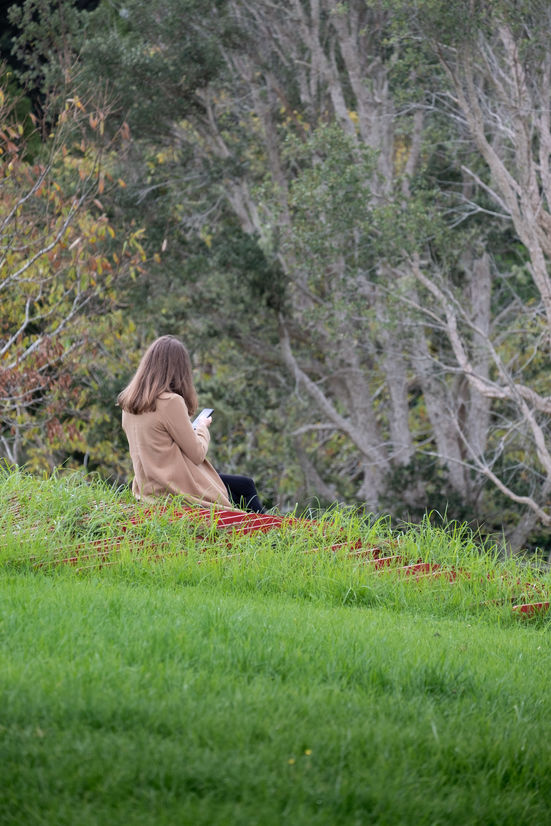
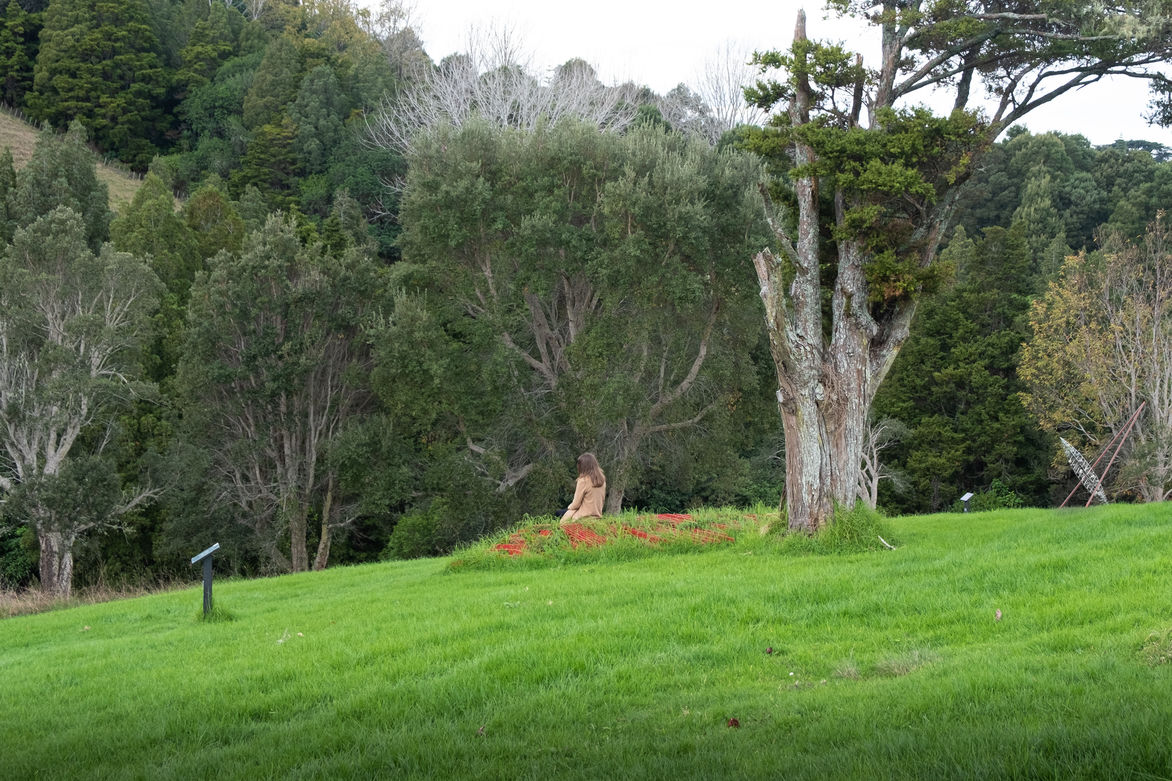
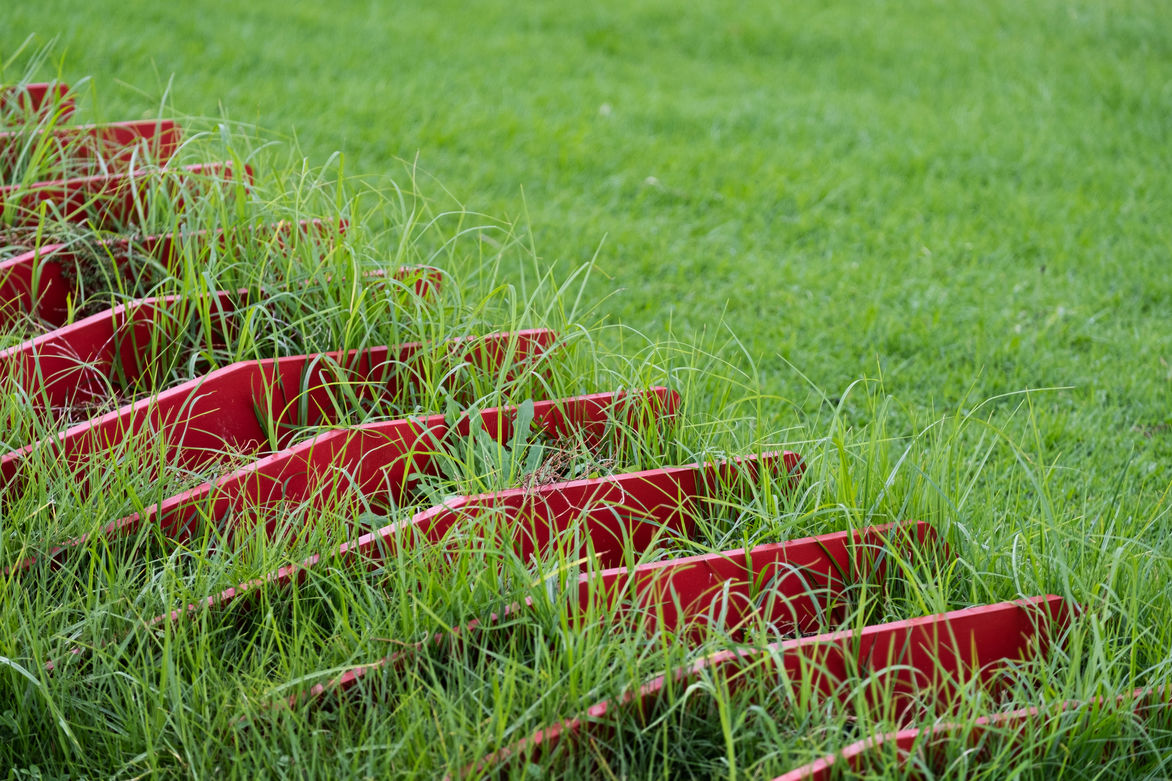
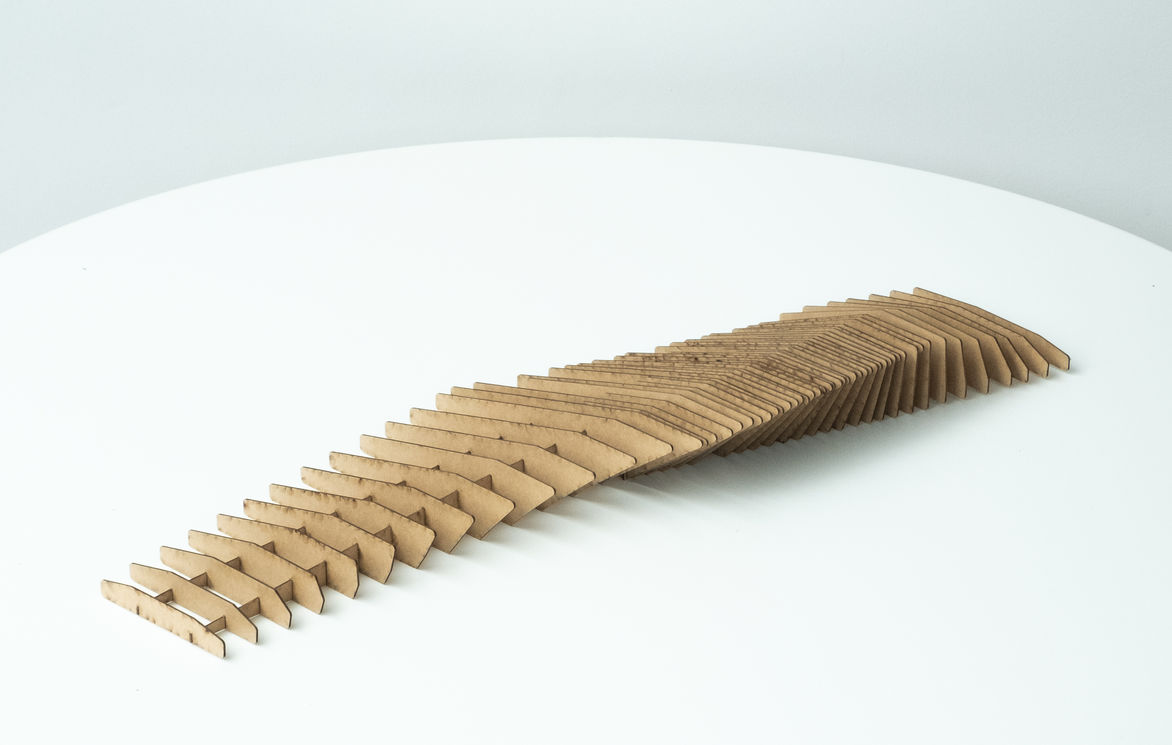
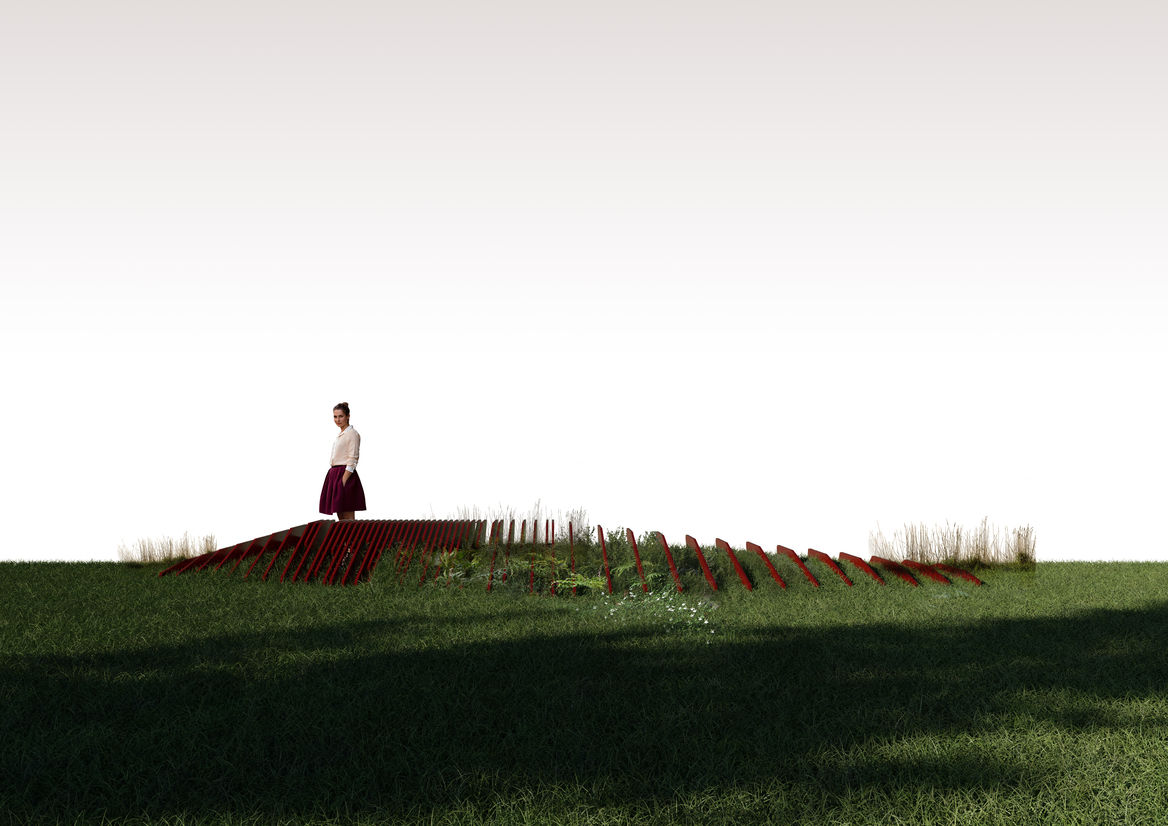
Description:
Te Whakatōhenene is inspired through exploring relationships between Ranginui, sky father, and Papatūānuku, earth mother, with the presence of their unborn child Rūaumoko.
The rain we experience is the manifestation of Ranginui’s sorrow at being parted from Papatūānuku and his unborn child. The grief causes Ranginui to weep, tears fall from the sky causing his wife to stir. This disturbs Rūaumoko, his fiery nature erupts, disrupting the land, twisting, and thrusting to the surface. Once he settles his marks remain as permanent striations in the land.
Our vision is an emergence of form; Ruaumoko and Papatūānuku. Raw red earth driven skyward, shaped by dynamic forces of nature and tempered by necessary comfort and stability. The use of red represents fire, volcanic activity, earth and ahi kā (permanence and occupation).
Pushed and pulled both subtly and with ingenuity, our seat is crystalised in its final form, revealing a blend of our minds, our hearts, our hands and wild nature. The design captures the endless cycle where Rūaumoko pushes the earth to the surface in anger and the tears of Ranginui’s sorrow erodes the earth back to Papatūānuku (the land).
The interwoven structure is a curated sequence of fin components carefully pieced to inform a manufactured topography binding together human and Te Taiao (the natural world). Earth, plants and timber elements merge creating a cohesive relationship of materials that both grow and erode over time. Where the sculptural form emerges, an invitation to rest, occupy, and contemplate place amongst culture, building, art, and nature exists. Thus, this design explores the interrelationships and tension between human and nature through key Te Ao Māori principles where all physical and spiritual things are connected.
With a strong narrative base, exploring geometric interpretations and variations became key. Abstracting, codifying, and tempering raw desire and story through technical and practical considerations became a theme of verification, testing, and distillation.
Using generative design principles, an algorithm was written to weave together the strands of culture and physicality. Form emerged through the investigation and collaborating efforts in viewing and critiquing the dozens of 'top candidates' from a pool of potentially hundreds which could be rapidly and easily produced. The things that worked were woven back into the iterative process, and through that alchemic distillation our final form emerged.
At a technical level, digital concept models produced through this process yielded a 1:20 scale nohonga we built from card, and after that critical iteration was used to create the full-scale CNC production file and creation of the plan and schedule of complicated parts that came together as a whole.